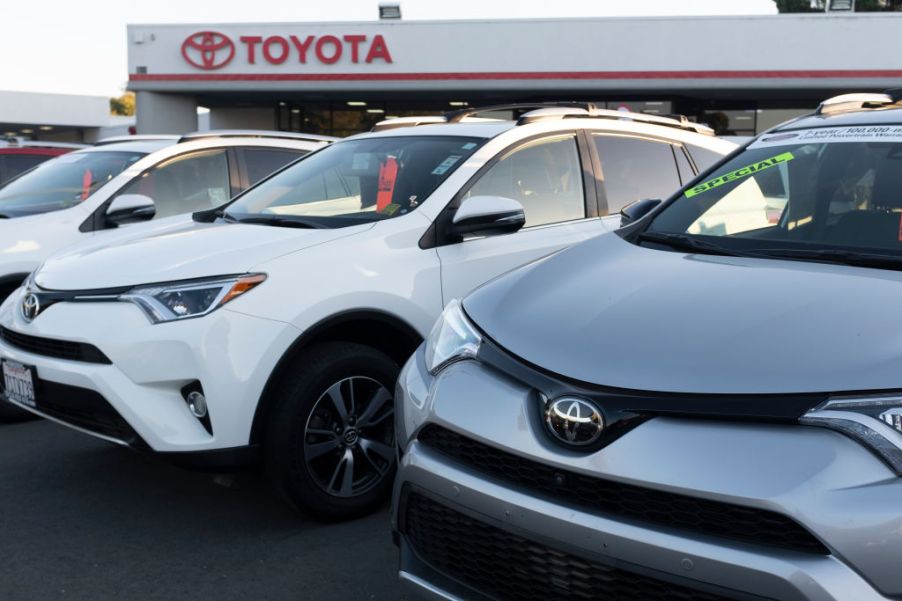
Are New Cars Really Safer Than Cars From the Good Old Days?
One of the top things consumers consider when shopping for a new or used vehicle is safety. Safety features and regulations have changed significantly over the years and continue to do so with each new model year. And while you’d think that more safety features and higher technology surrounding them would be an obvious improvement, many people think that cars from “back in the day” were safer and more reliable than vehicles today. So what’s the truth?
What’s required to be included in new cars?

The National Highway Traffic Safety Administration (NHTSA) will be celebrating its 50th year in government service this year. Over the years, the NHTSA has been instrumental in creating the standard safety features required in every new vehicle today and those features have been proven to save lives. Along with their New Car Assessment Program, the NHTSA’s website is a great resource for any consumers looking for a new vehicle, as they post their reviews and results for everyone to access.
The list of standard safety features that are required by law to be in new vehicles is surprisingly short. The only things that are mandatory are seat belts, airbags, electronic stability control, a LATCH child safety seat system, and a backup camera, which was the most recently added in 2018. But that’s expected to change soon to include a longer list of the features that are regularly being added to new vehicles each year.
Modern safety features are proven to improve passenger safety
According to the NHTSA, the average vehicle in 2012 would have a 56% less chance of fatality in a crash than the average vehicle in the 1950s. This is all due to the number of safety features that have been added to vehicles since then; the numbers truly speak for themselves.
In 1960, the number of lives saved annually due to vehicle safety developments was 115. In 2012, it was up to 27,621 lives saved. And that number is only going up as time goes on.
New cars are safer cars
Thanks to innovations in safety technology over the years, cars are safer than ever before, despite many people thinking that their “old reliables” are still more durable. Crash tests have gotten much more detailed and accurate in predicting exactly how a person might become injured during a crash in a certain vehicle and, in turn, showing how manufacturers can improve those outcomes. Even the advent of airbags and other innovations they’ve gone through over the years has made vehicles significantly safer.
Today, many cars come with a number of new safety features that may one day become standard and required in all new vehicles. Blind spot detection alerts the driver when a vehicle is in their blind spot, lessening the chance that you’ll merge into another car accidentally. Adaptive cruise control allows the driver to select a speed at which they would like their cruise control set to and then the system decreases your speed automatically if it senses a vehicle in front of you traveling at a slower speed, decreasing your chance of a front-end collision.
New cars are even safer for pedestrians, as well. Automatic emergency braking senses a potential collision and applies the brakes automatically, giving the driver an extra second or two to respond. This feature applies when the vehicle in front of you stops suddenly, or if a child unexpectedly runs out into the roadway in front of your vehicle.
While it can be easy to think that older cars were made with more care than cars today, that’s not the case when it comes to safety. New cars are significantly safer than older cars, and they’re getting more and more safe every year.


